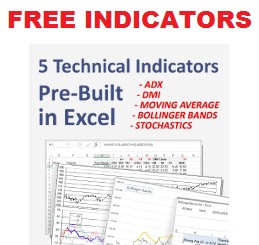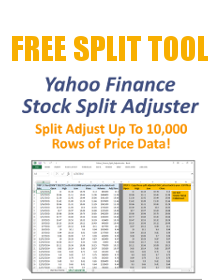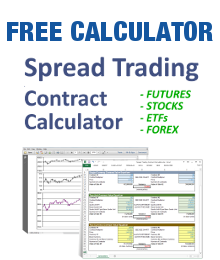Are you thinking about putting together a financial trading system for you or your firm? How do you get started? What are the key factors to ensure you do it right and end up with a great model that does not waste lots of time?
One of the primary issues when purchasing or developing a financial trading system are the number of choices. Trading software ranges from simple, inexpensive applications and tools to complete trading enterprise platforms intended for the largest banks and funds. So the fundamental question is “where do I fit into the range of overall size and intricacy?” This helps determine the functions you require, the money you will spend, and the providers you will purchase from…or build if you prefer that direction.
Imagine if you are a small business of 10 dealers with a range of different trading methods you apply every day in the markets. This size organization doesn’t need a giant financial trading system for a big investment bank. But the business’s investors also are not little guys. They trade millions in stocks and futures every a day. What they require is something that is highly configurable, constructed for ease of use and implementation, easy to understand, easy to change, and does not have errors and faults.
The principle functions in a financial trading system to contemplate are:
- Trading technique and evaluation
- Trade delivery
- Market data supervision
- Position management
- Profitability analysis, and
- Risk control.
Depending on the complexity of your requirements, two additional considerations are ease of administration and user security access. These two are essential for corporate environments.
From a trading technique point of view, Microsoft Excel tends to be one of the few applications that is always present in a trading room. You can readily implement trading techniques directly in Excel with calculations, code, and hands-on user controls such as filters, data cells, and macro buttons. A dealer can easily bring in market data (prices, size, PE percentages, and so on) and combine it with specialized indicators with what if formulas and Excel’s own calculation engine. Intricate pre- and post-trade analysis can be carried out as well as risk analysis and style analytics in Excel. That is why Excel is so widely used by brokers and traders who have the best trading strategies available to them.
Deal delivery in a financial trading system is better left to committed broker systems. For a corporate treasury, there is usually a dedicated order management system, or even direct buy-sell routing into automated exchanges, desks, dark pools and other deal matching locations. Typically, this is accomplished by dedicated software with easily accessible adapters.
Price supervision, position management, P&L analysis, and risk control are places where you can build or buy Excel components and incorporate them, or buy a total end to end system to handle. Pricing administration necessitates customized infrastructure to handle giant quantities of data and massive speed requirements. Deals, profit and loss, pricing, and bookkeeping all depend on complicated calculations and are best handled together.
There are plenty of concerns in the trading technology area. Hopefully this helps you set up the optimum financial trading system in your case.





